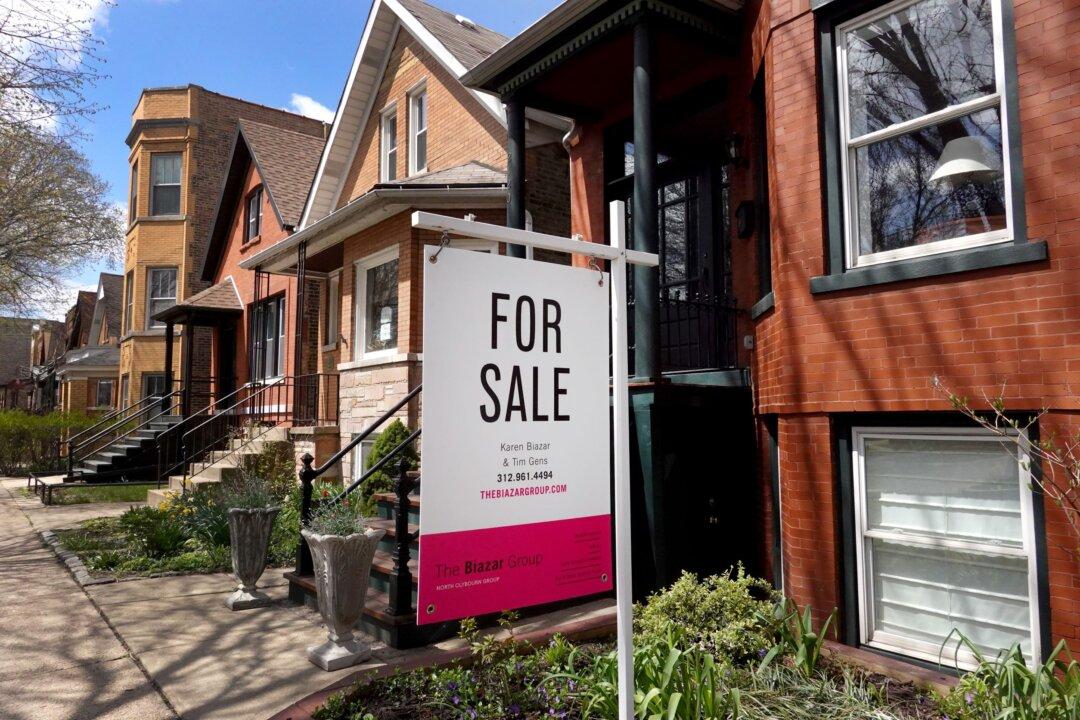U.S. mortgage rates declined for a second straight week, hitting a two-month low while mortgage applications increased 2.2 percent for the week ending Nov. 18 from a week earlier, according to an industry association, reflecting a slight improvement in the constrained housing market.
“The 30-year fixed-rate mortgage fell for the second week in a row to 6.67 percent and is now down almost 50 basis points from the recent peak of 7.16 percent one month ago,” said Joel Kan, MBA’s Vice President and Deputy Chief Economist.





